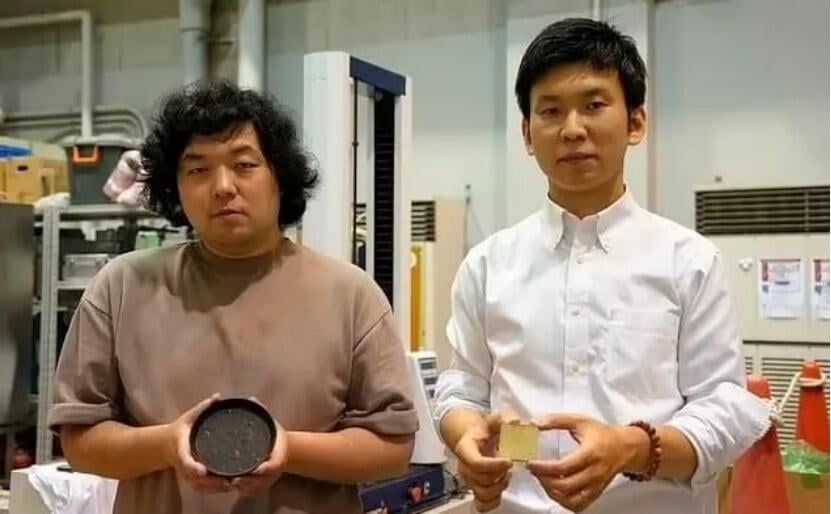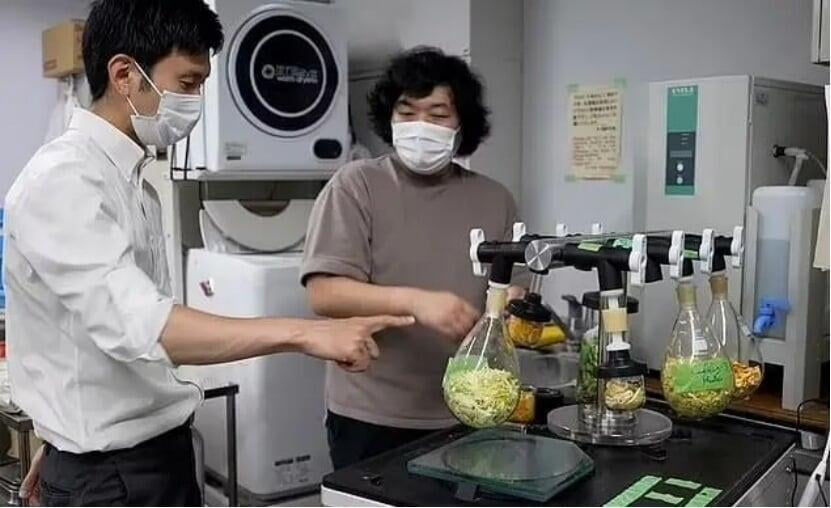Have you ever dreamed of living in a delicious gingerbread house like the Grimm's fairy tale "Hansel and Gretel"? In the near future, "edible houses" may not be a fairy tale anymore!
Kota Machida and Yuya Sakai, materials scientists at the University of Tokyo, have developed the world's first process for extracting cement entirely from food waste, converting food waste such as cabbage leaves and orange peels into biodegradable "cement" for use in building construction.

The researchers say the cement product is almost four times stronger in tension or bending than ordinary concrete, and they hope the building technology will help mitigate global warming and reduce food waste and the production of methane gas when food waste is disposed of in landfills. The technology is said to have been developed by scientists researching sustainable materials that can replace cement-based concrete.

With cement production currently accounting for 8% of global CO2 emissions, there is an urgent need to manufacture biodegradable concrete materials.
Previous scientists initially developed the initial biodegradable concrete technology by thermally compressing crushed wood pellets, using a simple mixing and compression technique to achieve a three-step process of drying, crushing and compressing the material, and selling the material on a website.
Scientists are now looking at using food waste to make biodegradable concrete materials. At first they mixed plastic with food waste to bind the materials together, and after several failed attempts, they realized that the cement could be bonded by adjusting the temperature and pressure, the most challenging aspect of which was that each type of food waste required different temperature and pressure levels, potentially making the experiment more difficult.

They eventually succeeded in making biodegradable cement using food waste such as tea leaves, orange peels, onion peels, coffee grounds and cabbage, and even used leftover vegetables as one of the ingredients. To their surprise, by adjusting the seasoning in the mixture, the cement could be made "colorful and flavorful" and very appealing.
It is understood that food waste is a major problem facing Japan and the world: in 2019, Japan created about 5.7 million tons of food waste, and the Japanese government plans to reduce that figure to 2.7 million tons by 2030.

